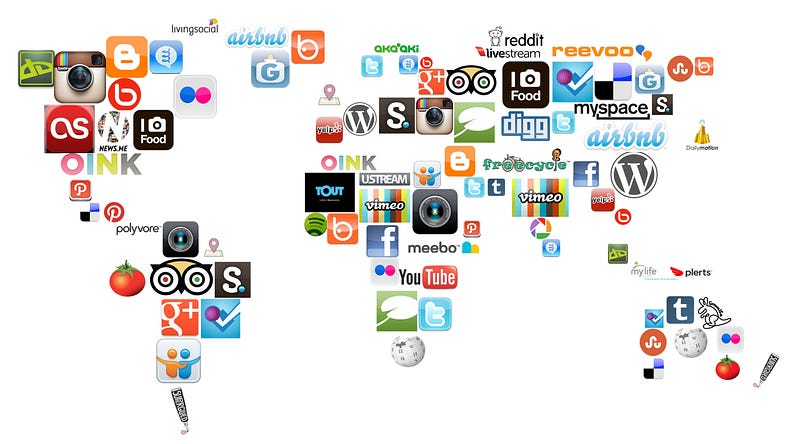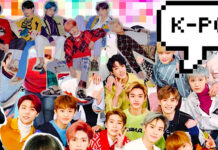
In January 2016, I was delighted to attend the one-day ‘Policy Skills Digital Diplomacy course’ hosted by the FCO’s Digital Transformation Unit (DTU). This interactive course informed me about the FCO’s social media policy guidelines, the digital strategy and how digital diplomacy can be aligned with the international policy framework. I was inspired by the many examples of best practice showcased during the course and was pleased to see that DFID’s Amplify Programme was also recognised as an exemplary model for crowdsourcing ideas. From online hackathons to live stream panel debates amongst ambassadors — this is an exciting time for diplomacy! In fact, the FCO have demonstrated that social media is an essential part of a modern diplomat’s toolkit by making sophisticated use of Twitter, LinkedIn, Google Hangout and more.
The course was structured in a classroom environment where each participant was guided through an array of digital tools. I was given the opportunity to continuously apply my skills and knowledge during mock scenarios. During one group activity, it was time to wear our social media caps and work collectively in identifying key influencers with whom we could develop a diplomatic relationship. We began our investigation by searching through Facebook, YouTube and Social Bakers. Through this journey, we were unconsciously applying the FCO’s digital strategy by adopting a four step process (identify, inform, engage and evaluate). Once immersed in the world of digital diplomacy, we were rapidly harvesting valuable pieces of information to inform a stakeholder mapping project.
One of the added bonuses of the course was the fact that once the course was completed, each participant was offered one to one expert coaching for a 30 day period (if required).
It’s crucial to be intelligent users of digital tools, select the tool that’s suited to the task at hand. For example, if you are running a communications campaign and want to share messages on several different platforms, then it’s advisable to use a social media management tool like Hootsuite. This way you can schedule a time where the same message reaches a wider audience by targeting multiple social media channels simultaneously.
My key take-away was learning that digital doesn’t replace traditional forms of diplomatic engagement but ‘enhances it’. Additionally, having diverse followers generates creativity in your policy making; so I’ve now developed a bespoke twitter list to aggregate real time news trends in my areas of interest.
If you want to learn how to monitor social media channels, identify key influencers and build your network to strengthen diplomatic engagement then sign up for this course.

The FCO’s Digital Case Studies
· The FCO have a digital champions’ network (comprising of 100 + staff), the network engages in monthly online meetings.
· The FCO have around 700+ staff engaging on their internal social media channel (People Finder).
· Closer engagement with senior officials — HMA Tom Fletcher based in Beirut used google hangout to engage with FCO colleagues, simultaneously a live Q&A session was taking place on Twitter.
· A live streamed panel debate occurred between three ambassadors based in Romania, Afghanistan and Lebanon through twitter.
· Online hackathon — during the Ending Sexual Violence in Conflict Summit in 2014, participants developed technical solutions to support survivors of sexual violence. The winning entry was an online platform to connect survivors of sexual violence with a nearby shelter.













